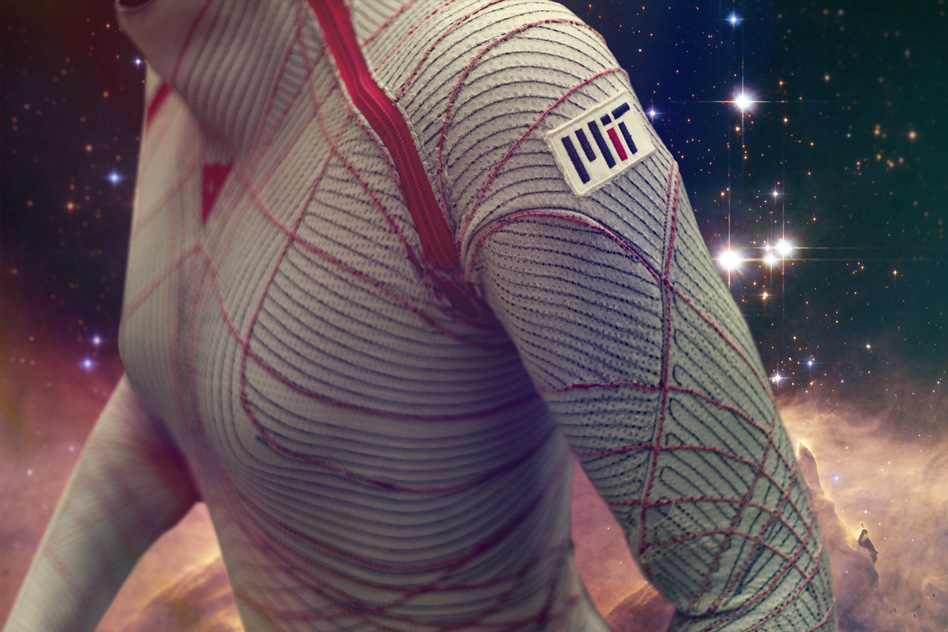
The sheer bulk of contemporary spacesuits ensures that there’s virtually no way to scratch an itch once the suit is worn. Astronauts have borne these hefty pressurized suits of armor for generations in some shape or form, and while designs are constantly improving, they never quite shed their signature bulk; at least until now.
A team of researchers led by Dava Newman, a professor of aeronautics and astronautics and engineering systems at MIT, has created a pressurized skintight suit capable of supporting high mobility in zero gravity. BioSuit, as the garment is called, is an active compression suit that embeds small, spring-like coils that contract in response to heat and are made from a shape-memory alloy that remembers the shape of the wearer. Lab tests found that the coils in BioSuit produce enough pressure to able to sustain astronauts in space.
Once a certain temperature is induced, the coils tighten in a tourniquet-like fashion to their “remembered” form, just like a fully coiled spring. After the material is cooled, it relaxes, making it easier for the astronaut to remove the suit.
“With conventional spacesuits, you’re essentially in a balloon of gas that’s providing you with the necessary one-third of an atmosphere [of pressure,] to keep you alive in the vacuum of space,” says Newman, who has worked for the past decade to design a form-fitting, flexible spacesuit of the future. “We want to achieve that same pressurization, but through mechanical counterpressure — applying the pressure directly to the skin, thus avoiding the gas pressure altogether. We combine passive elastics with active materials. … Ultimately, the big advantage is mobility, and a very lightweight suit for planetary exploration.”
The biggest unresolved challenge is how to develop a method that ensures that the coils remain contracted amidst the cool temperatures of space. One proposed solution entails maintaining a steady electric current at the risk of producing too much excess heat over long periods of time and overheating the astronaut. Similarly, the outside battery packs would add excess bulk and thereby contradict the entire scope of the project. A more realistic solution currently explored by relies on a locking or clipping mechanism to keep the coils in place.
While the BioSuit was conceived as an alternative space suit, the garment’s core technology can be incorporated into athletic or military wear. “You could use this as a tourniquet system if someone is bleeding out on the battlefield,” said Bradley Holschuh, a postdoc in Newman’s lab. “If your suit happens to have sensors, it could tourniquet you in the event of injury without you even having to think about it.”
Advertisement
Learn more about Electronic Products Magazine





